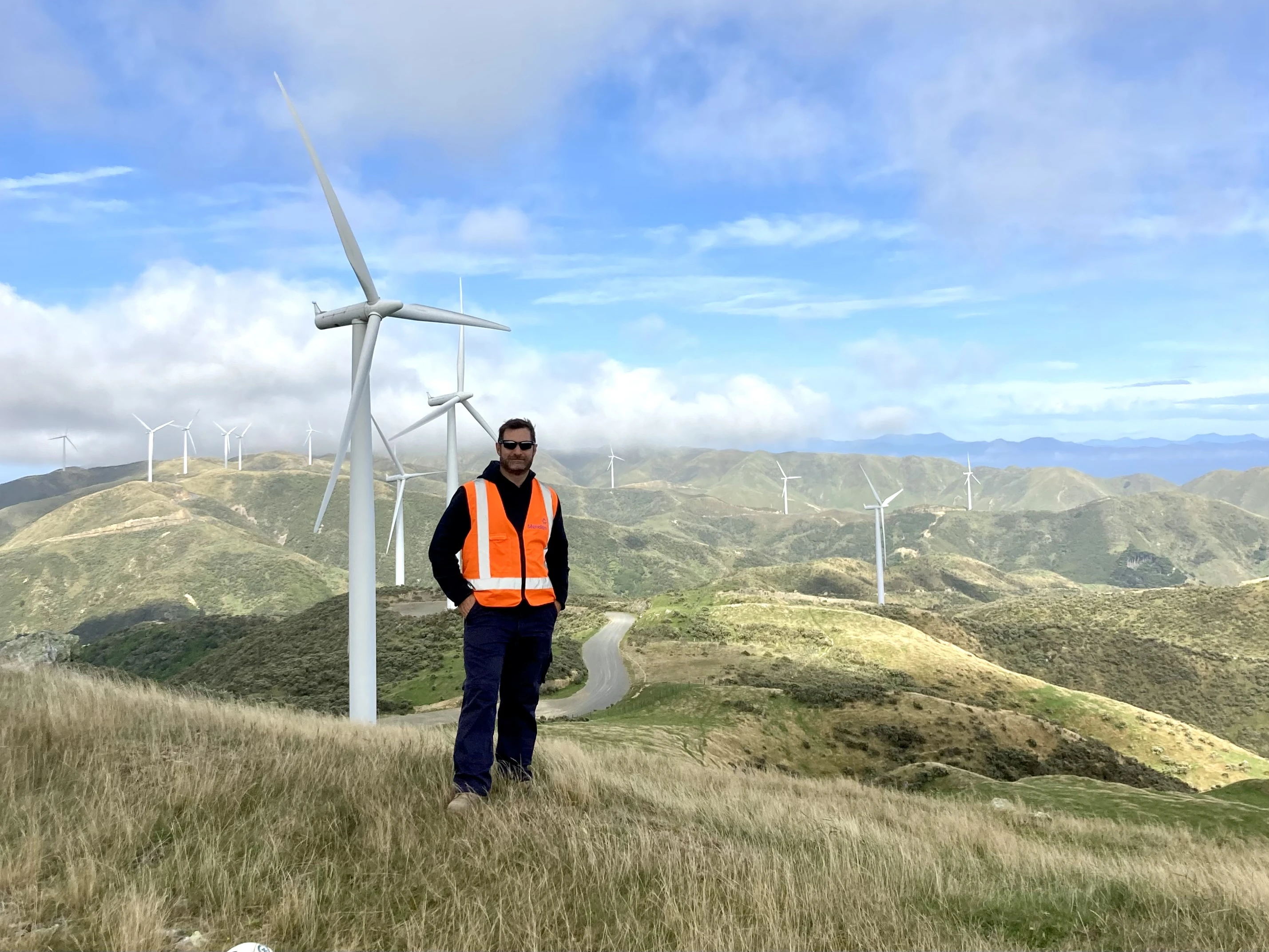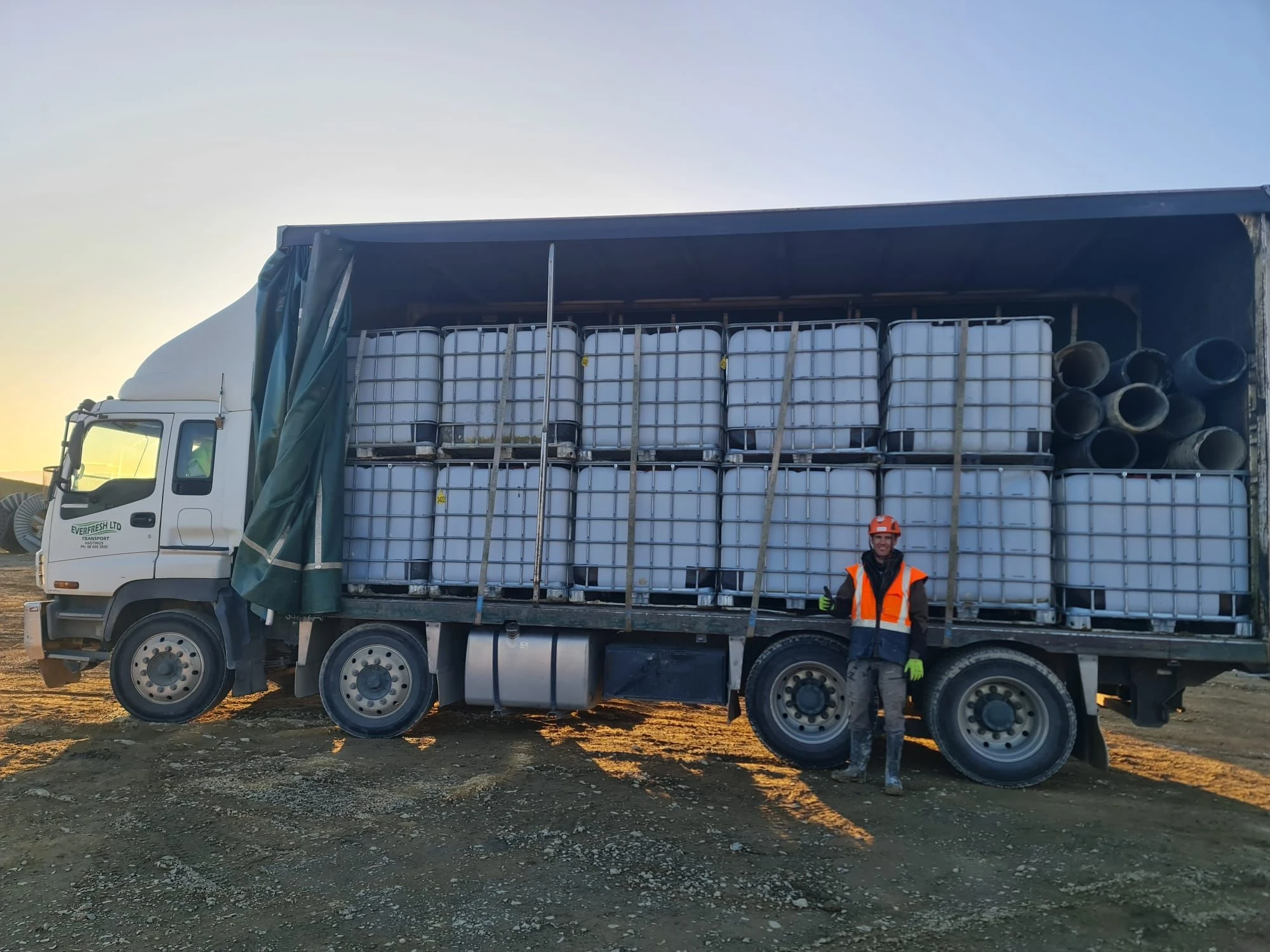Meridian’s Harapaki wind farm project, due to be completed in late July, provides an example of tangible impacts from embedding social procurement practices. It has also provided significant lessons and set new standards that Meridian is already applying to its other projects.
Meridian has a history of engaging with suppliers to achieve sustainability outcomes, but from the outset Harapaki was seen as an opportunity to raise the bar. The project and sustainability teams worked closely together from the early days, setting the goal of making this Aotearoa’s most sustainable wind farm and helping to frame the social outcomes sought from the project.
“We recognised that we needed to be setting an example of what good procurement looks like, and Harapaki provided us with the perfect opportunity to explore what best practice looks like,” says Lloyd Clark, Meridian’s Environmental & Sustainability Design Manager.
“Aiming to deliver the country’s most sustainable wind farm means having to put sustainability at the centre of every element of the project. That’s why all our projects have a sustainability management plan, together with requirements and measures that are built into supplier contracts. Both have a strong focus on environmental outcomes and goals for both Meridian and our supply chain partners, but with Harapaki we also set a number of initiatives related to social procurement.”
“On Harapaki we set key performance indicators (KPIs) for local employment and local spend for both Meridian and our contractor, completed due diligence on the practices of our supplier to understand how workers’ rights are managed, such as any modern slavery risk. We also worked with local iwi to establish cultural monitors on the site full time through the first two and a half years,” says Lloyd.
To date the Harapaki project has exceeded its target for local employment, which is currently sitting at 47% against a target of 40%. That’s around 1,400 local employees.
The local spend has also been surpassed, in quite dramatic style.
“Our goal was to exceed $40 million in local spend over the life of the project, and we’re already up to $110 million. That’s impressive given so much of the project cost sits in turbine components that cannot be sourced in New Zealand,” says Lloyd.
Video: Ben Lawrence is one of 1,400 local workers involved in the Harapaki project

